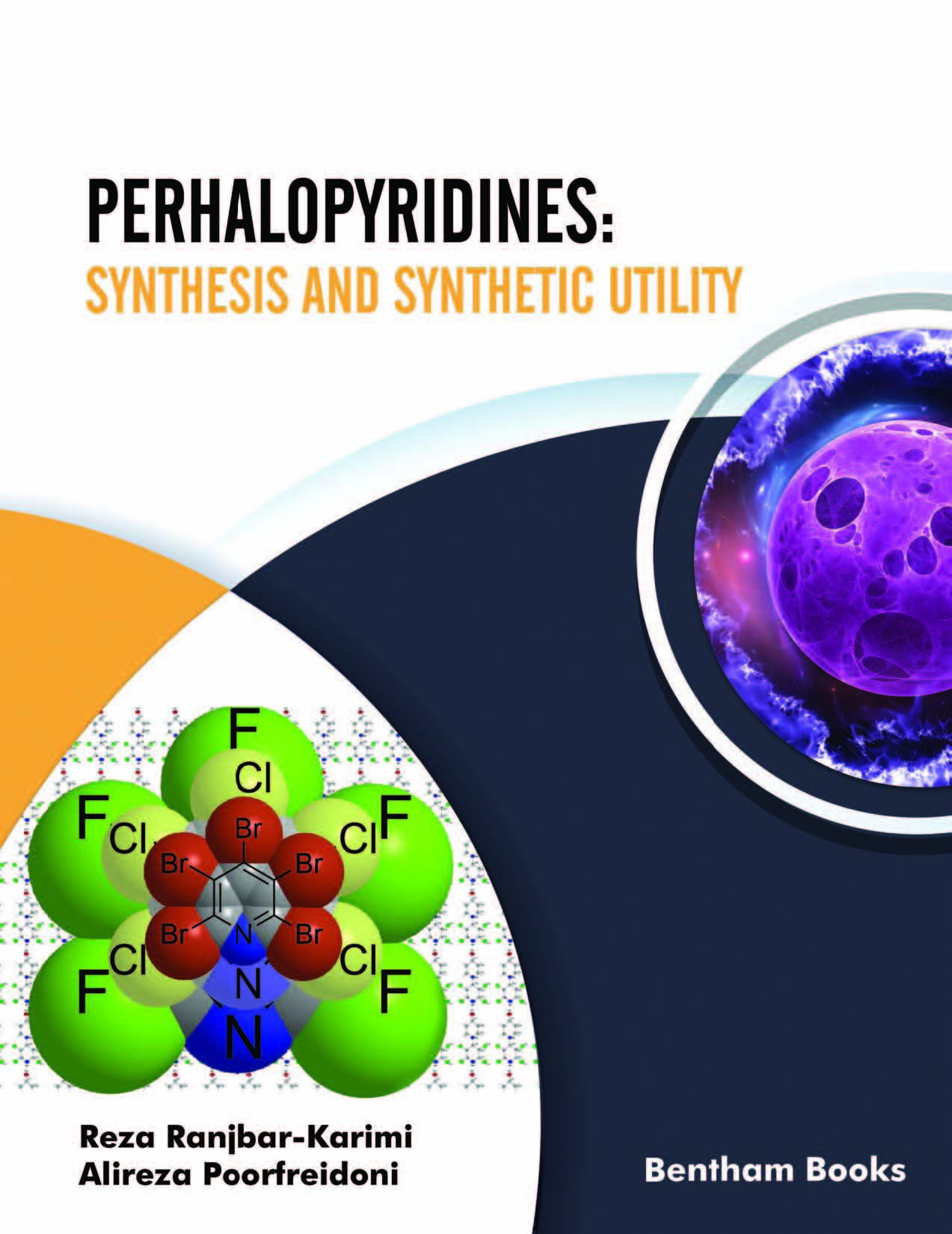Preface
The heterocyclic ring is found in half of known compounds and most of these compounds have possessed an aromatic heterocyclic ring. Heteroaromatic compounds were found in a great number of metabolism products, pest-controlling agents, dyeing agents, flavors and commercial synthetic compounds such as drugs. Heterocyclic systems have broad applications especially in pharmaceutical chemistry and this accelerated the discovery and development of the chemistry of heterocycles. Heteroaromatic compounds have broad chemistry and numerous investigations have been carried out for synthetic methods of heteroaromatic derivatives to continuous development and applications of these systems. Perhalogenated pyridines are an attractive group of heteroaromatics that play an important role in organic chemistry, biochemistry, and pharmaceutical chemistry. These compounds have great interesting chemistry because of their reactivity toward nucleophilic attack. Therefore, they have become unique scaffolds for the construction of other heterocyclic and macrocyclic compounds. So far, there has been extensive research on perhalopyridine compounds. Some of the books published in the heterocyclic chemistry area have been cited for the synthesis, their reactions and their applications. For example, in “Fluorinated heterocyclic compounds: synthesis, chemistry, and applications” (Edited by Petrov, Viacheslav A. 2009), a brief summary of perfluoropyridine has been gathered or in “Pyridine and Its Derivatives” (Edited by R. A. Abramovitch 2009), some aspect about pentafluoro- and pentachloropyridine are briefly mentioned. Recently, we published a review article concerning “Utility of pentachloropyridine in organic synthesis” in the journal of the Iranian chemical society. In this book, we tried to focus on perhalopyridine including perfluoropyridine, perchloropyridine, perbromopyridine, so that readers can easily get to know the chemistry of these compounds. I would like to thank my coworker, Dr. Alireza Poorfreidoni, who helped me complete this book. I wish to thank those that reviewed the book and provided helpful suggestions. Finally, I have to thank my wife, Fatemeh SayyedBagheri, and my children, Javad, Mohadeseh, Ali, and Zahra, for putting up with me during manuscript preparation. I would also like to thank Bentham Science for the opportunity to publish this book. I have no conflicts of interest in relation to this book.
CONSENT FOR PUBLICATION
Not applicable.
CONFLICT OF INTEREST
The authors declare no conflict of interest, financial or otherwise.
ACKNOWLEDGEMENTS
Declared none.
Reza Ranjbar-Karimi
Department of Chemistry, Faculty of Science
Vali-e-Asr University of Rafsanjan
Islamic Republic of Iran

